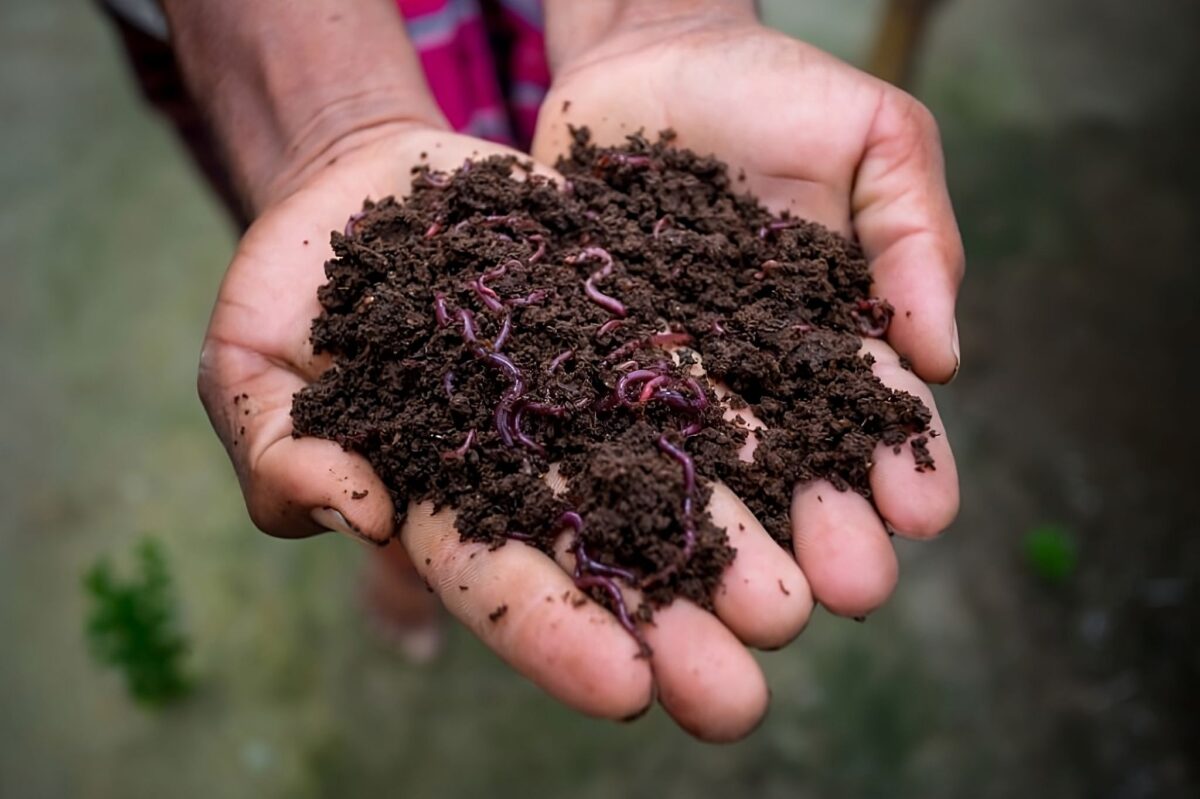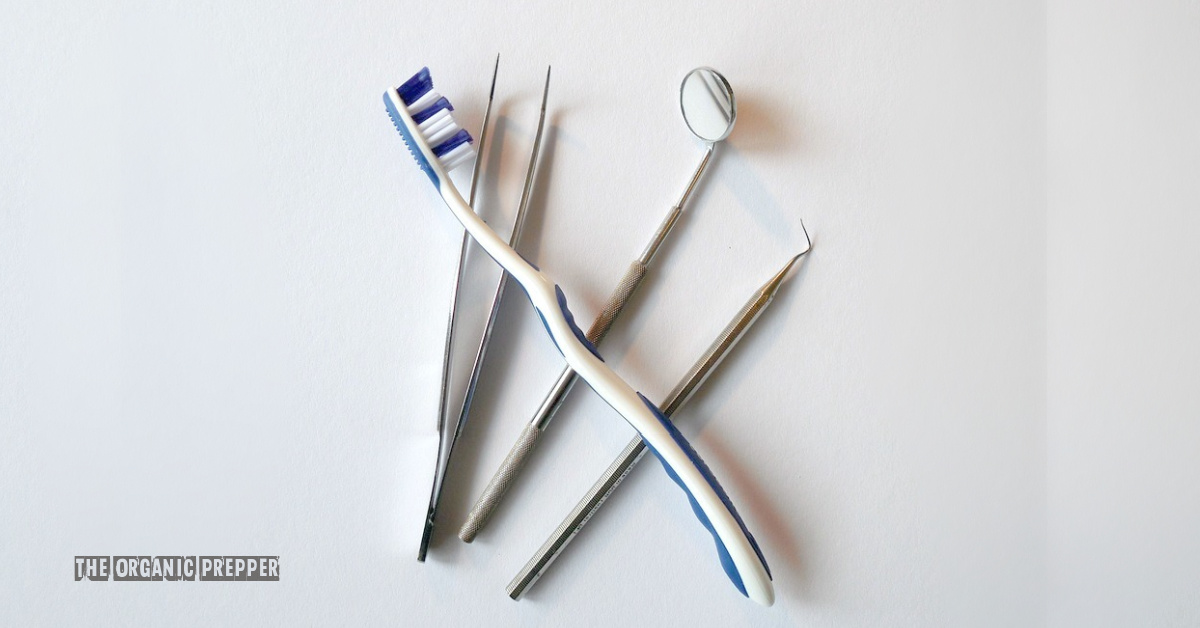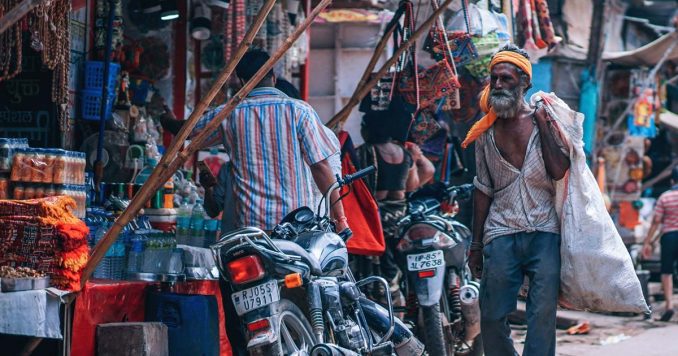Whether you’re roughing it in the woods or living in the city, there are many ways to be self-sufficient. Being self-sufficient means having the knowledge, skills and supplies to take care of yourself. That doesn’t mean you have to disconnect from the community — far from it. In fact, cultivating self-reliance will likely help you connect with others better than ever before.
How to Become Self-Reliant
From raising bees to reading books, here are 22 ways to lead a well-rounded, independent lifestyle.
1. Grow a Garden
One of the easiest, most rewarding ways to become self-sufficient is to start growing your own fruits and vegetables. Gardening allows you to eat a diet free of pesticides, reduces the amount of fuel used to transport food, increases the time you spend outside and makes you less reliant on the grocery store.
Plus, if you grow extra produce, you can start selling it at the farmers market or trade with your neighbors. Growing a garden helps you get to know your community better.
2. Prepare Your Own Food
Another crucial step toward self-reliance is properly preparing food. You can start by learning how to harvest fruits and vegetables at the peak of ripeness. Next, you should learn how to wash, chop, cook and serve the food you produced. Butchering your own meat, canning vegetables and dehydrating foods for storage are other excellent skills to pick up.
3. Focus on Fitness
Many people overlook this step, but improving your physical health is one of the most important aspects of self-sufficiency. Being fit allows you to spend more time in the field or workshop, perform harder jobs and better handle emergency situations. Focus on eating a healthy diet and getting consistent exercise to improve your well-being.
4. Learn to Build a Fire
Whether you’re camping, entertaining guests or trying to keep warm during a power outage, knowing how to build a fire is a valuable skill. It could even save your life!
Plus, nothing quite compares to growing your own food and cooking it over a fire pit. Knowing you truly prepared a meal every step of the way is a great source of pride — and the smoky flavor is just another bonus.
5. Make Your Own Soap and Shampoo
Most toiletries from the store come in packaging that’s very hard to recycle. Why not skip the plastic altogether and make your own soap and shampoo? You can even make them smell exactly the way you like.
You can find countless shampoo recipes online that use common ingredients like olive oil, vanilla, molasses and apple cider vinegar. Many use castile soap as a base. For natural DIY soap, you’ll need to buy a mold and combine various oils, fats, lye, natural dyes and scents.
6. Hunt and Fish
Learning to catch your own game is valuable for many reasons. First and foremost, it helps you put food on the table, a benchmark of self-sufficiency.
Hunting and fishing…










